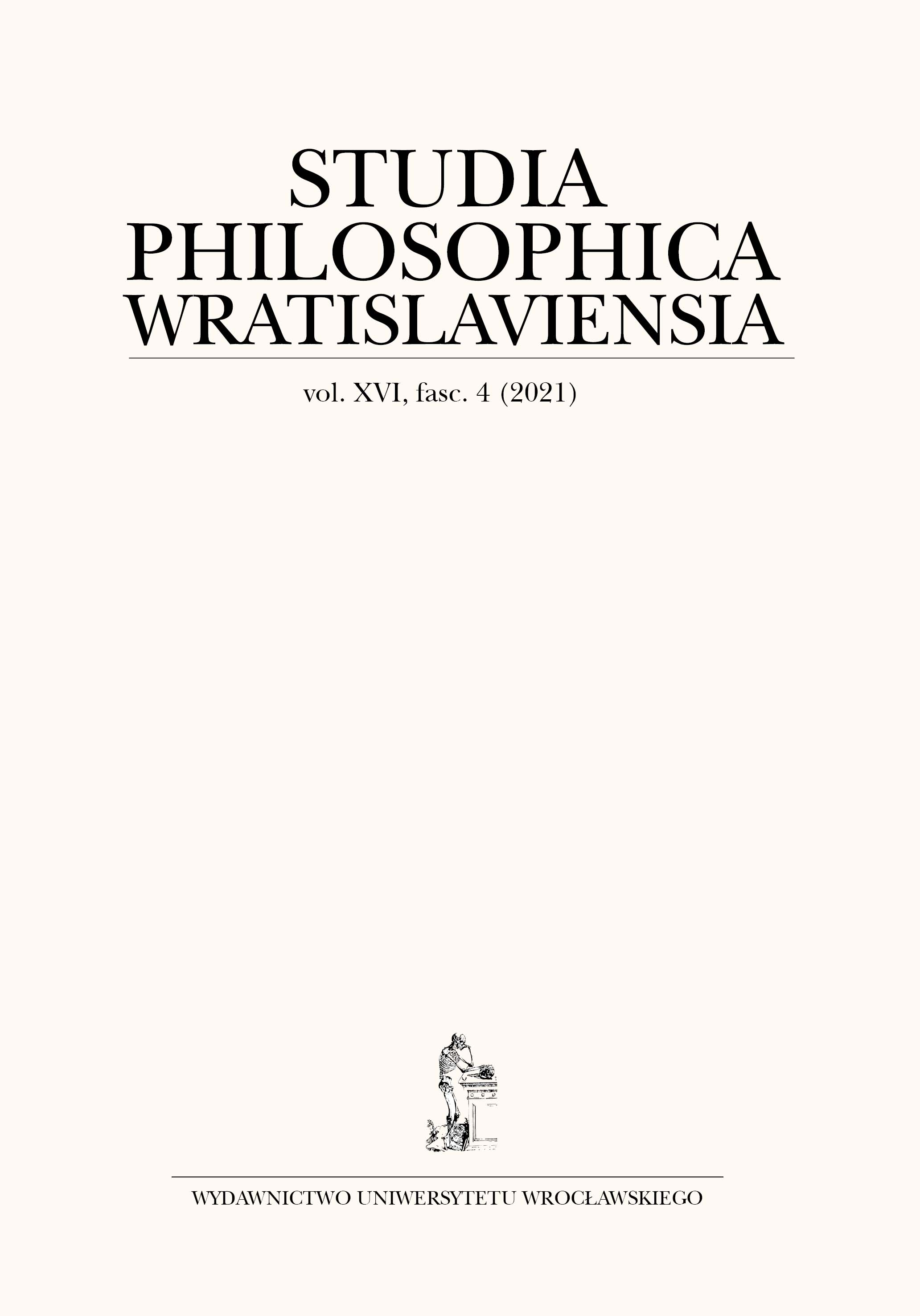

ARTYKUŁY

I analyze fi gures and themes of Plato’s “Allegory of the Cave” evident in chapter thirty-six of the Quran. I argue that the two texts share (1) a neck fetter fixing the head; (2) a spatial organization of barriers before and behind and covering above; (3) a theme of failure to see the truth and assault upon those who tell the truth, and (4) a theme of transcendent reality as a context of meaning. I argue that the Quran displays an inheritance of some Platonic thought in Arabic at least two centuries prior to any known translation of Plato.